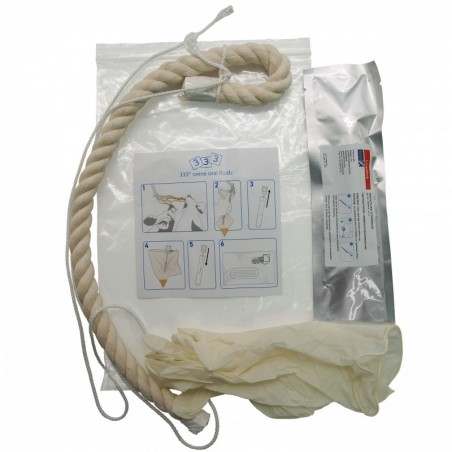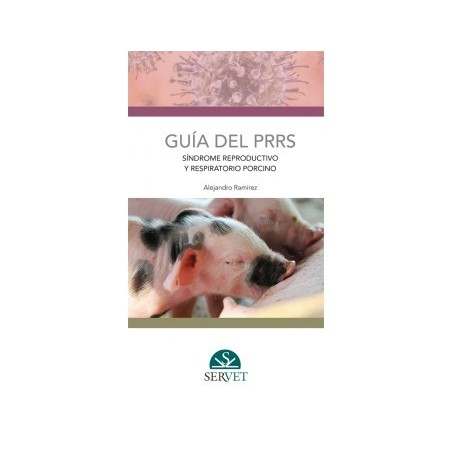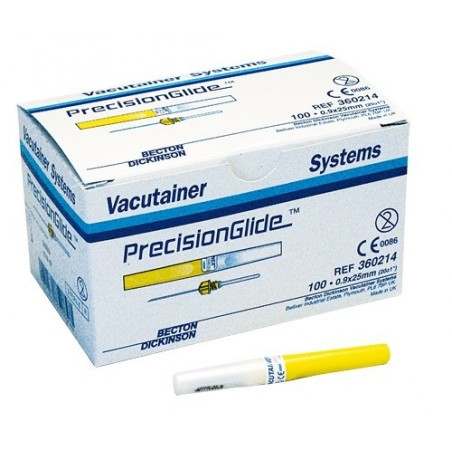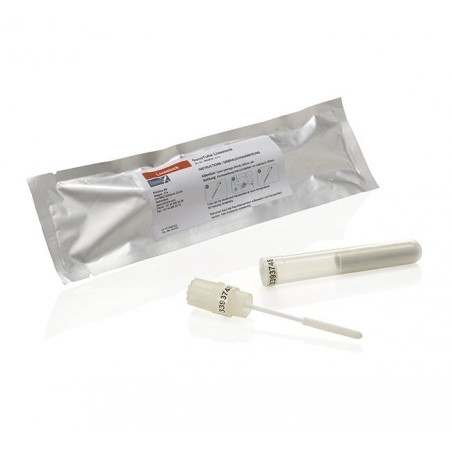Assays available:
Immunofluorescence antibody (IFA)

- Detects presence of viral antigen
- Sample types: tissues (aborted or mummified fetuses)
- Pros:
- Detects virus in aborted or mummified fetuses (good proof of causation).
- Any positive result is considered significant.
- Cons:
- Some mummified tissues are too decomposed to detect virus.
- Requires significantly more virus to be present than PCR.
- Often virus infection occurred several weeks prior to abortion or delivery of mummified fetuses.
Polymerase chain reaction (PCR)
- Detects presence of specific sequence of viral nucleic acid (DNA)
- Sample types: tissues
- Pros:
- High sensitivity.
- Moderate cost
- Can often do pooling of tissue samples to lower cost while minimizing loss of sensitivity (especially regarding clinical relevance).
- Cons:
- Requires tissue samples from aborted or mummified fetuses for best results.
- Some mummified tissues are too decomposed to detect virus.
Enzyme-linked immunosorbent assay (ELISA)
- Detects presence of antibodies
- Sample types: serum
- Pros:
- Animals remain positive for several months to years
- Able to test large number of animals
- Vaccinated animals produce significantly lower antibody levels compared to field infections
- Only takes 6-10 days to become seropositive
- Cons:
- Seroprevalence is high as pathogen is common
- Some ELISAs can differentiate vaccine from wild type virus exposure
- Inactivated vaccines only stimulate antibodies to structural proteins (VP1/VP2)
- Differential ELISA targets non-structural proteins (NS)
Hemagglutination Inhibition (HI)
- Detects presence of antibodies
- Sample types: serum
- Pros:
- Animals remain positive for several months to years
- Higher sensitivity than ELISA (can detect lower concentration of antibodies)
- Vaccinated animals produce significantly lower antibody levels compared to field infections
- Vaccine usually ≤ 1:500
- Field infection ≥ 1:2000
- Animals test seropositive as soon as 6 days post infection
- Cons:
- Not feasible for large number of samples.
- Reliability is highly dependent on technician skills.
- Reactivity is dependent on incubation temperature.
Result interpretation:
IFA
- Positive: Virus is present in fetus
- Negative: negative or infection occurred early in pregnancy and too late or tissue too decomposed to detect virus
PCR:
- Positive: Virus is present in fetus
- Negative: negative or infection occurred early in pregnancy and too late or tissue too decomposed to detect virus
ELISA (differential ELISA)
- Positive:
- Low values past exposure (>6 days) to vaccine
- High values: recent exposure to wild-type virus
- Negative: Negative or wild-type infection too early to detect.
HI
- Positive:
- Low values past exposure (>6 days) to vaccine
- High values: recent exposure to wild-type virus
- Negative: Negative or wild-type infection too early to detect.
Scenarios:
Sow herd with infertility and mummified fetuses
- Collect 4-8 fetuses (target mummified fetuses) and pool samples for PCR testing.
- Aborted sows/gilts: Collect serum from affected
- If HI titers are ≥ 1:2000 – confirm recent viral infection
- Otherwise retest in 2-4 weeks and compare titers over time looking for > two-fold increase

Sow herd with infertility and NO mummified fetuses:
- Collect serum from affected and normal sows today and retest same animals in 2-4 weeks
- If HI titers are ≥ 1:2000 – confirm recent viral infection
- Otherwise compare titers over time looking for > two-fold
- Evaluate parity distribution of affected animals
- Parvovirus infection is more common in 1st or 2nd parity animals as older parity animals are more likely to already have protection.









